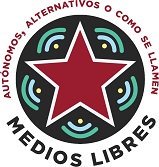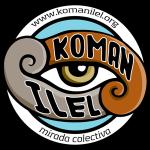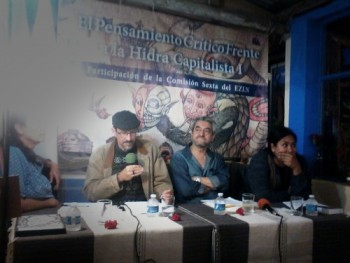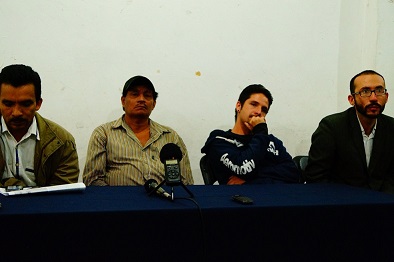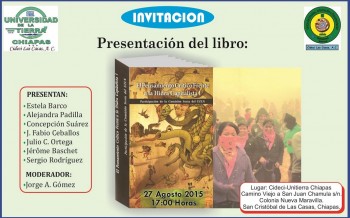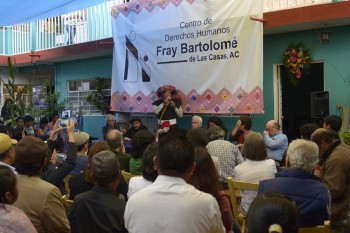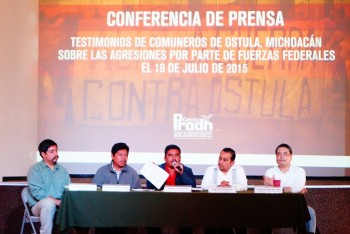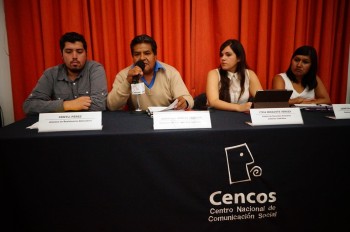
Audio
Day of light and shadow… a mother’s heart is never wrong…
After the report published by the international GIEI group, the relatives of the disappeared and murdered students from Ayotzinapa, n a press conference at the Prodh Human Rights Center, demand a meeting with Peña Nieto before September 10 to demand compliance with prior agreements and that the GIEI report be considered in the investigations; likewise, they reiterate that “the events in Cocula never took place,” and therefore those who fabricated and supported the “historic lie” should be investigated and tried.
“We don’t believe in them… here’s the proof… they denied it for months, the lie fell apart…”
Audio of the conference:
(Descarga aquí) https://radiozapatista.org/Audios/ehecatl/Pronunciamiento de los padres _0055.mp3Mexico City, 6 Sepbember 2015.
Messin’ With Major
Messing With Major
by Mumia Abu-Jamal
(Descarga aquí)
His name is Major — (his real name)–Major Tillery of West Philadelphia. Although he had a reputation as a gangster, in prison such things matter little. It’s as a jailhouse lawyer that he shook the prison walls in the case known as Tillery v. Owens, a ground-breaking prison conditions case where double-dealing (or the placement of four men in a cell) was declared unconstitutional. The prison medical department was declared unconstitutional and living conditions in part of the prison were declared a violation of the constitution.
Shortly after his glorious win, Major Tillery was sent to a prison in another state. Retaliation? Sure looks like it.
Several months ago, Major saw me in the library, and expressed shock at my appearance, my carriage, and my level of wakefulness. He argued with me, insisting I go to the prison infirmary.

